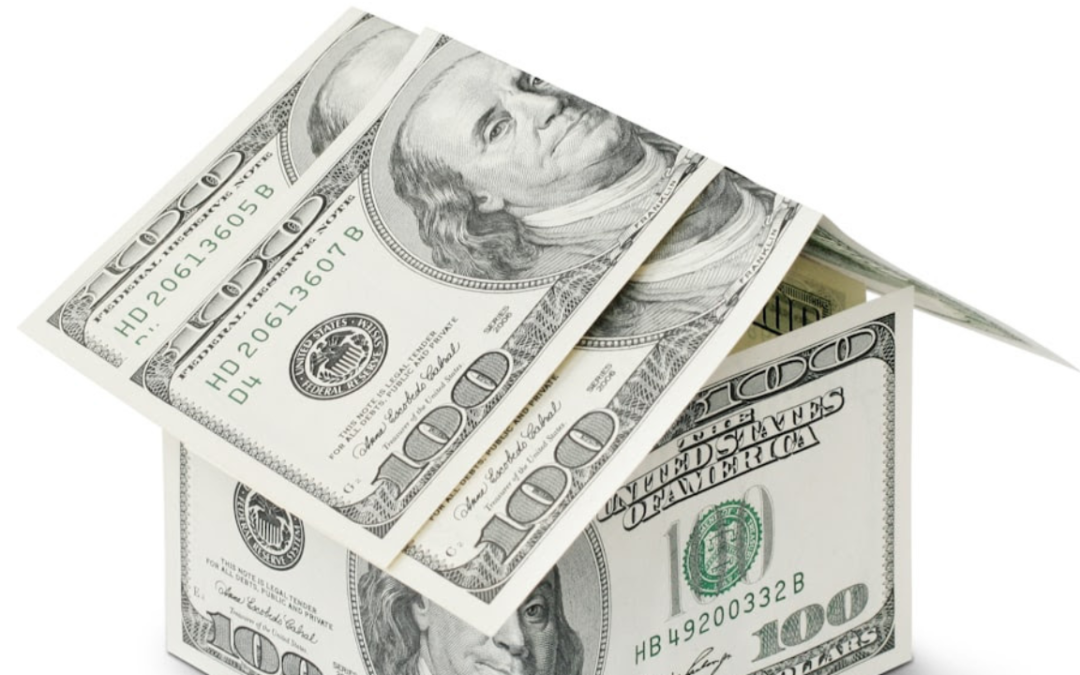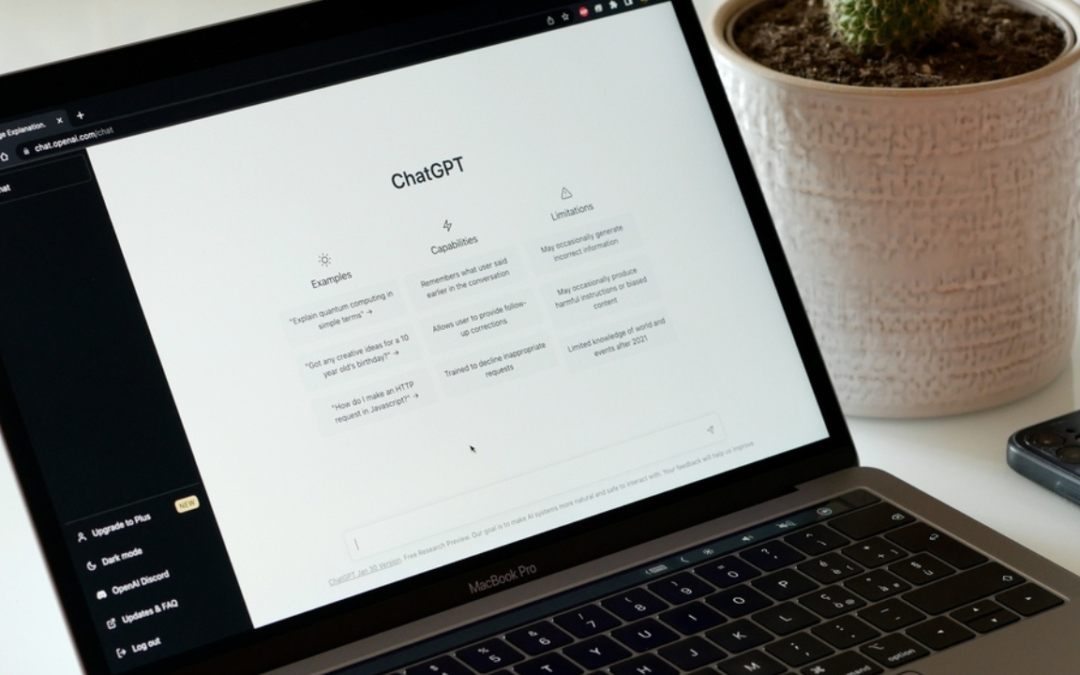Despite a robust start to the second quarter corporate earnings reporting season, global equity markets are struggling to make headway. Meanwhile, bond yields have plunged, and the yield curve has flattened, typically ominous signs of slowing future growth. Have we now arrived at ‘peak profits’ and ‘peak prices’ for global equity markets? Is it all downhill from here?
As we noted last week, investors are now grappling with bifurcated news. Incoming, backward-looking data are quite strong, above all for corporate profits. In the US, the consensus of company analysts expects year-on-year S&P500 earnings growth of 65% this quarter. In Europe, the corresponding growth rate is over 100%. True, comparisons are flattered by last year’s pandemic-induced plunge in revenues and earnings. But on other measures, such as profit share in GDP, company earnings are unambiguously stellar.
At the same time, contemporaneous and forward-looking growth data are rolling over. The New York Fed’s weekly economic index (WEI) peaked in April and has declined ever since, with the drop accelerating in July. The Atlanta Federal Reserve Bank’s ‘GDP Now’ estimate has been falling over the past month as well. Receding growth forecasts may partly explain the decline in bond yields. Technical factors are probably also at work, such as the unwinding of speculative ‘short’ positions in US Treasuries.
Notable shifts are also underway within asset classes. Despite a surge in credit rating upgrades, which tend to benefit cyclicals, defensive sectors have wrested back equity market leadership. Last week saw a pronounced outperformance of utilities, consumer staples and healthcare stocks—companies traditionally seen as safe harbors during times of uncertainty. Meanwhile, energy stocks were routed, in part due to news that Saudi Arabia and the United Arab Emirates had agreed to table their spat over OPEC production quotas. But perhaps the biggest surprise was that financials lost -1.5% last week, despite stellar earnings reported by Wall Street titans.
It is tempting therefore to conclude that the arrival of peak earnings has unnerved investors, not gratified them. If things doen’t get any better than this, then perhaps it is time to trim risk allocations. Perhaps peak earnings are signaling peak equity index prices.
We suspect, however, that things are a bit more nuanced. After all, even if global economic growth will now decelerate, cyclical companies have cut costs, are able to pass along price increases and can therefore exploit operating leverage. Nor is that potential yet reflected relative valuations. Cyclically sensitive European and emerging market indices are cheap relative to growth-heavy US indices. Cyclicals ought to enjoy a longer period of catch up.
It is also worth noting that falling government bond yields have not been accompanied by a widening of credit spreads. That observation suggests that investors are only discounting a deceleration of GDP growth, not something worse. Yet lower returns on bonds, accompanied by modest economic growth, provides fodder for TINA—there is no alternative (to equities). Investors are more apt to rotate among equity sectors and styles, rather than dump equities altogether.
Intra-asset class switches, however, are likely to prove rapid, prone to reversal and difficult to forecast. Within equity markets, dispersion of returns is on the rise and even overall volatility make pick up. But taking advantage of greater disparities in stock, sector and style outcomes could be difficult, given that trends may not last long enough for active managers to exploit them successfully. Tracking the broad market may prove a better strategy than chasing its more volatile components.
Most importantly, investors should not lose sight of the broader fundamental backdrop. Global growth may have peaked around mid-2021, but as vaccination rates climb in laggard regions, more parts of the world economy will join the global recovery. The European Central Bank, the Federal Reserve and the Bank of Japan have reinforced their commitments to super-easy monetary policies to promote recovery, restore full employment and lift inflation to their (new) targets.
Barring a dangerous new mutation of the Covid-19 virus, therefore, the odds suggest that ‘peak growth’ is likely to be followed by ‘steady growth’. In that environment, global equity markets can still advance. It is premature to conclude that ‘peak earnings’ is synonymous with ‘peak prices.’



